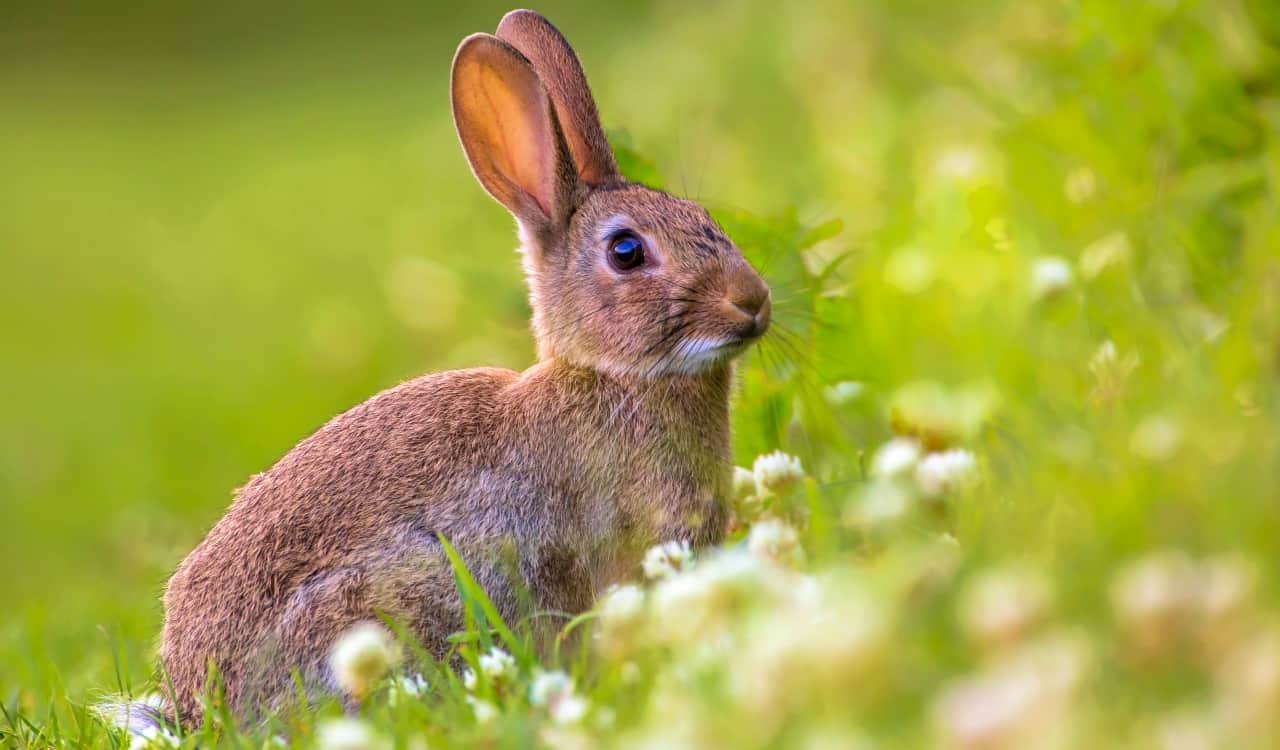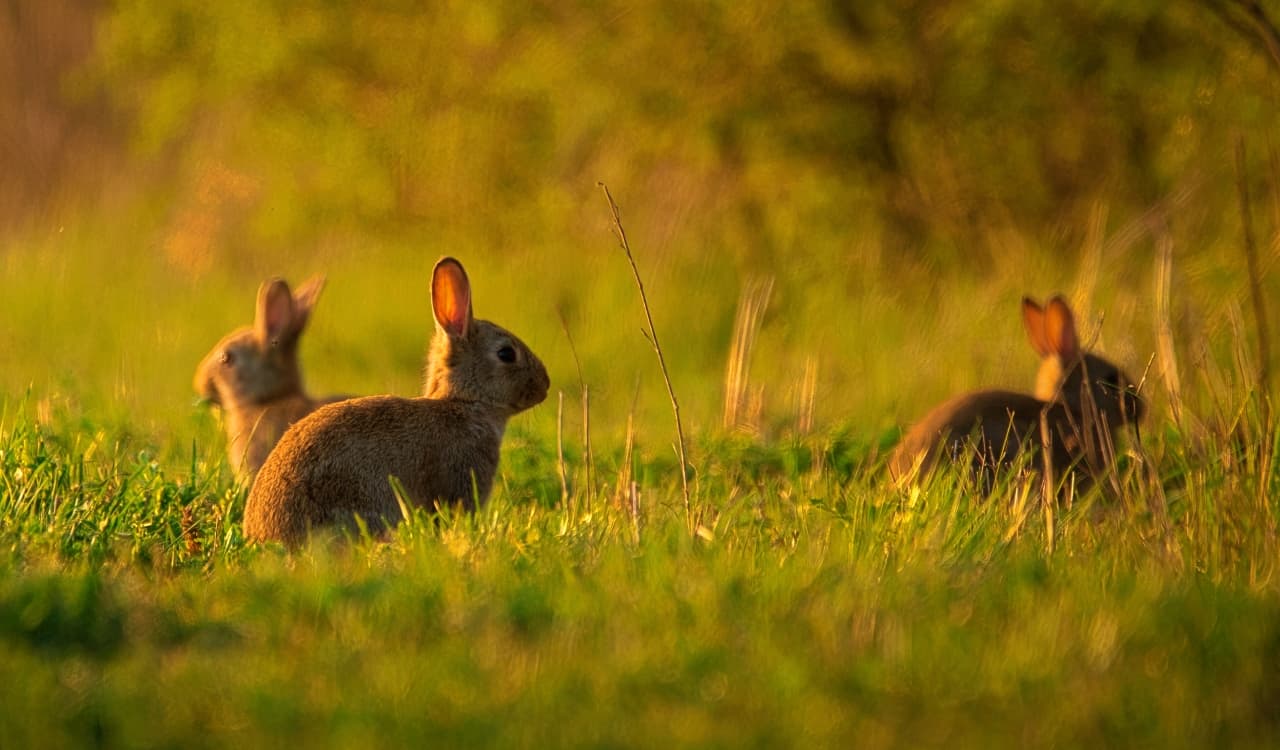We all know that there are animals that have managed to make their way into places they did not belong. The question for many is, how did they get there? Most of the time, this had to do with them being introduced by humans to the environment. It might be due to a purpose-driven mission by a person or group. Other times, it was completely by accident. Either way, the most notable invasive species on the planet have caused several, often severe consequences to ecosystems.
For our list, we decided to focus strictly on animal species and not plants, fungus, or anything else. That’s for another list, at another time. This list will focus specifically on animals that have become major problems to ecosystems worldwide. Many are invasive on land, while others are invasive in the ocean. No matter what, we’ll be discussing where they are originally from and how they managed to invade other territories around the world. That said, let’s get started!
European Rabbit

Native To: Iberian Peninsula (Spain, Portugal, Southwestern France)
Invading: Lands Throughout Europe, North/South America, Asia, & Australia
When you see the name “European Rabbit,” you naturally assume it’s a rabbit native to the European continent. Great job putting those two together, Sherlock. However, the main issue with this rabbit is that it has been invading areas outside its normal realm in both Europe, the Americas, Asia, and even Australia. It is native to the Iberian Peninsula, where it had thrived for hundreds of years. Like most rabbits, the European model is known for reproducing heavily.

As a result, it has managed to become one of the most notable invasive species. They are now on every single continent worldwide, with the exception of Antarctica. In almost all cases, the rabbit was introduced by humans into the environment. The initial idea of increasing the food supply. Yet things got way out of hand. In Australia, they do not have any specific natural predators, which has caused the population to skyrocket and affect the overall ecosystem of the continent.
